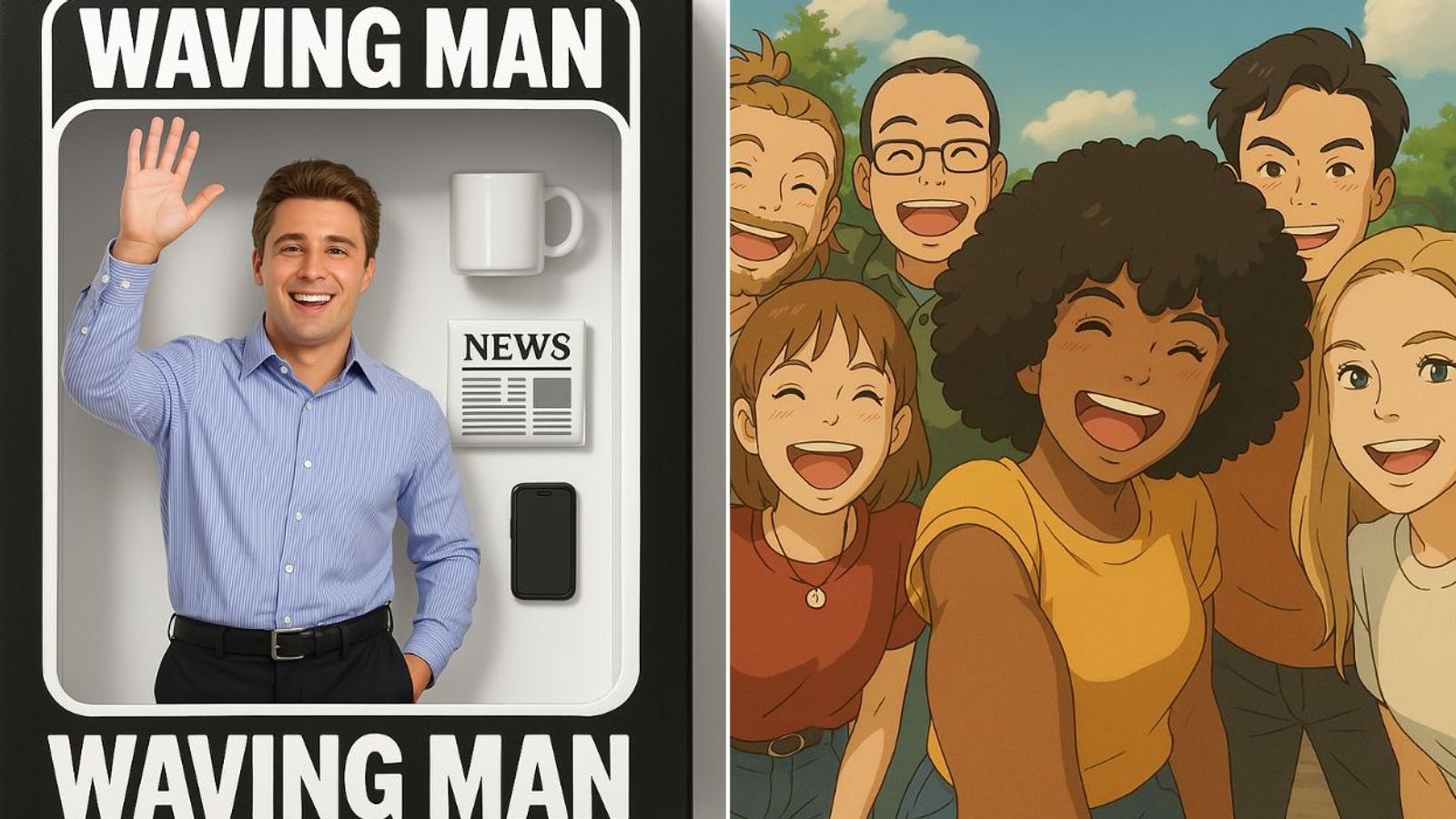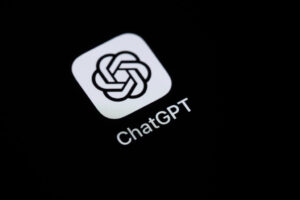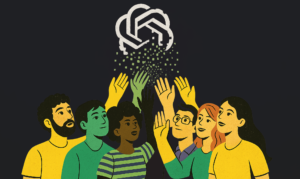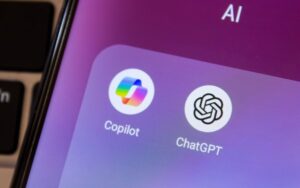From AI Barbie to ‘Ghiblification’: The Intense Pressure on OpenAI from ChatGPT’s Image Generator

ChatGPT’s Image Generation Feature: A New Trend in AI
Rise in Popularity
In April 2023, ChatGPT’s latest image-generation feature saw a massive surge in user engagement, prompting OpenAI’s CEO Sam Altman to call for users to "chill out a bit." The tool, known as ChatGPT-4o, allows users to creatively alter images and memes into different artistic styles, such as those resembling popular animated series like The Simpsons, Rick and Morty, and South Park. It is also capable of generating realistic images, logos, and diagrams from simple text prompts, accommodating up to 20 objects within a single image.
Fun Features of the Update
Among the various creative possibilities offered by ChatGPT-4o, users have taken to turning themselves into Barbie doll-like figures, complete with personalized accessories. Additionally, the tool can recreate images in the charming hand-drawn style reminiscent of Studio Ghibli animations, adding another layer of excitement to AI image generation.
User Surge and Technical Pressures
According to market research from Similarweb, ChatGPT’s active user count exceeded 150 million after the introduction of this feature. This uptick in users also led to record-breaking revenue from in-app subscriptions and downloads. While Altman celebrated the success, he expressed concerns about the unprecedented demand on OpenAI’s graphics processing units (GPUs), stating, “It’s super fun seeing people love images in ChatGPT. But our GPUs are melting.”
Service Delays
The surge in demand quickly resulted in slower service, prompting OpenAI to communicate potential delays in new releases and increased wait times for users. By early April, Altman acknowledged the situation and mentioned that improvements in service speed and rate limits were expected in the near future.
Heavy Energy Consumption
One underlying issue the company faces is the high energy consumption associated with running powerful AI models. A report by the International Energy Agency revealed that training GPT-4 required approximately 42 gigawatt hours of electrical power—equivalent to the annual electricity usage of over 28,500 households in developed nations.
Viral Trends: AI Barbie and Ghibli Styles
AI Barbie Dolls
The image generator sparked a viral trend of creating Barbie doll representations of users. To create custom action figures, users provide specific instructions to the chatbot, outlining desired accessories and design details for the box. Notably, Republican Congresswoman Marjorie Taylor Greene joined the trend, sharing a video showcasing her Barbie doll with personalized accessories on social media.
From Ghibli to Political Commentary
Apart from Barbie dolls, the internet buzzed over Ghiblification, a trend where users transformed their images into the beloved animation style of Studio Ghibli. This transformation has seen everything from profile pictures to reinterpretations of significant historical political events, including the controversial Oval Office meeting between Donald Trump and Ukrainian President Volodymyr Zelenskyy.
Potential Legal Issues
Despite the creative excitement surrounding Ghibli-style images, there are concerns regarding copyright laws. Studio Ghibli’s co-founder, Hayao Miyazaki, has expressed strong opposition to technologies like AI image generators. In fact, he previously stated his disgust with the concept, emphasizing that he would never wish to use such technology in his work.
Karla Ortiz, an artist who is proceeding with legal action against other AI image generators for copyright infringement, described the use of Ghibli’s branding by AI companies as an insult and exploitation of artists’ work. She highlighted the potential lack of consent from Studio Ghibli for the training of the AI.
The Complexity of Copyright in AI
The legal intricacies of copyright concerning AI-generated images are still not fully understood. While many believe that "style" itself is not copyrightable, specific attributes or elements within that style may be. Furthermore, OpenAI has assured the public that their new tool aims to minimize the reproduction of living artists’ styles, allowing for broader interpretations while learning and refining its policies continuously.
This ongoing development warrants close observation as the boundaries of AI technology and artistic integrity continue to evolve.






